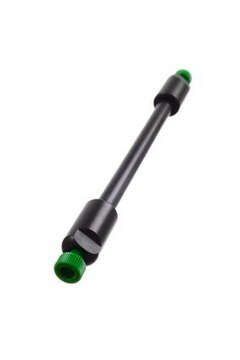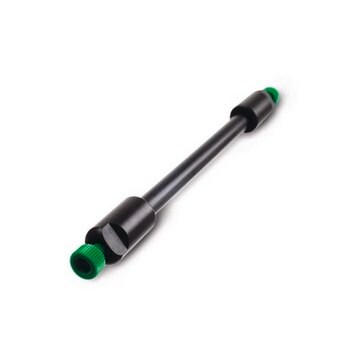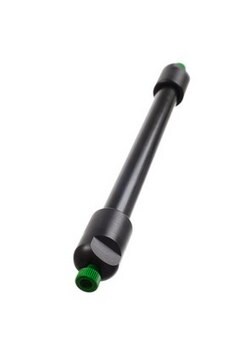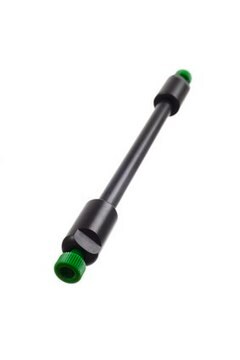1.50442
SeQuant™ ZIC®-HILIC 100Å (3.5 µm) HPLC Columns
L × I.D. 150 mm x 2.1 mm HPLC Column, PEEK-lined stainless steel
Synonyme(s) :
Zwitterionic Hydrophilic Interaction Liquid Chromatography HPLC Column
About This Item
Produits recommandés
product name
SeQuant™ ZIC-HILIC™ 3.5µm,100Å 150 x 2.1 mm, PEEK-lined stainless steel column, suitable for HPLC
Matériaux
PEEK-lined stainless steel column
Niveau de qualité
Agence
suitable for USP L114
Gamme de produits
SeQuant™
Caractéristiques
endcapped: no
Paramètres
550 bar pressure
70 °C max. temp.
Technique(s)
HPLC: suitable
LC/MS: suitable
UHPLC-MS: suitable
UHPLC: suitable
mass spectrometry (MS): suitable (High)
Colonne, L × D.I.
15 cm × 2.1 mm
Matrice
fully porous particle
Groupe de la matrice active
ZIC-HILIC bonding phase
Taille des particules
3.5 μm
Dimension de pores
100 Å pore size
pH de fonctionnement
2-7.5
Technique de séparation
hydrophilic interaction (HILIC)
Température de stockage
no temp limit
Description générale
Application
- Synthesis of weak cation exchange/C(18) bifunctional magnetic polymers: Demonstrates their application in the pretreatment and determination of glufosinate and its metabolites in plasma, enhancing bioanalytical applications (Sun D, Xu Z, 2024).
- Highly sensitive measurement of underivatized phosphoenolpyruvate: Utilizes EDTA-facilitated HILIC-MS for accurate detection in biological samples, critical for metabolic studies (Shen D, Wang N, 2024).
- Comparison of RP, HILIC, and PGC columns for toxicometabolomics: Evaluates different chromatographic techniques for comprehensive metabolic profiling in biomedicine (Hemmer S, Meyer MR, 2024).
Remarque sur l'analyse
Symmetry (Cytosine): 0.95 - 1.40
Informations légales
Produit(s) apparenté(s)
Certificats d'analyse (COA)
Recherchez un Certificats d'analyse (COA) en saisissant le numéro de lot du produit. Les numéros de lot figurent sur l'étiquette du produit après les mots "Lot" ou "Batch".
Déjà en possession de ce produit ?
Retrouvez la documentation relative aux produits que vous avez récemment achetés dans la Bibliothèque de documents.
Les clients ont également consulté
Notre équipe de scientifiques dispose d'une expérience dans tous les secteurs de la recherche, notamment en sciences de la vie, science des matériaux, synthèse chimique, chromatographie, analyse et dans de nombreux autres domaines..
Contacter notre Service technique





